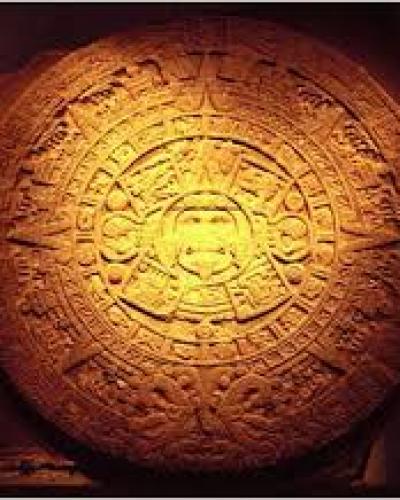Guatemala City, January 5 (RHC)-- Between 2008 and 2016, the main auction houses of Europe and the U.S. sold more than 7,000 items that are part of the archaeological heritage of Peru.
Five investigative journalism teams have joined forces to bring to light the trafficking of cultural heritage items from Latin America. The group includes Ojo Publico from Peru, La Nacion from Costa Rica, Plaza Publica from Guatemala, Animal Politico from Mexico, and Chequeando from Argentina.
Through collective work, the teams published several articles showing the multi-million-dollar business of illicit trafficking of cultural goods from Latin America to the U.S. and Europe. They also found that this type of trafficking had many identifiable operators but very few were prosecuted and most avoided justice through the use of legal loopholes.
The research was done by analyzing thousands of prosecuting documents, databases, direct sources and interviews of those prosecuted. The overall picture obtained from the research showed the routes that link the countries with the largest cultural heritages to the centers of international antique markets, ultimately ending up at some of the most well-known academic institutions and research centers in the world.
According to Ojo Publico, the “struggle against the crime has failed in many countries” and “proof of it is the freedom enjoyed by almost all those accused of the biggest cases of stealing, exporting, commerce, and possession of illegal pieces of art discovered in the last decades.” Ojo Publico also found that the number of Latin American pieces sold to collectors in the main capitals of the world is larger than the 4,907 cultural objects that the International Criminal Police Organization is looking for.
The portal Chequeando documented that Interpol lists Argentina with the most cultural goods reported as stolen totaling 2,816. Argentina is followed by Peru with 1,031, Ecuador with 556, Bolivia with 449, and Mexico with 320.
All 39,000 cultural pieces reported stolen to Interpol in the last 100 years from 132 countries were compiled by Ojo Publico in a web database. However, the research demonstrated that the reported items are only a fraction of the total. The database also revealed auction houses from 14 countries where stolen pieces are frequently sold.
The investigation showed the problem is complex. The business of trafficking cultural items has an ample number of actors including people with important political connections like Matteo Goretti who is a former advisor to Argentine President Mauricio Macri. Goretti is currently under investigation because 59 archeological pieces stolen from a museum in Cordoba, Argentina, were found at his home.
Other people involved in trafficking of cultural goods are also being investigated for drug-trafficking. Such is the case with Guatemalan Raul Contreras. The day he was arrested, police found 12 paintings from colonial times and 12 religious figures. Eleven out of those were stolen six months before from the Fine Arts Foundation of Guatemala by an armed group and two more were stolen from Honduras.
Another group of people involved in the trafficking of these goods are famous collectors like Nestor Janier Aude. In Buenos Aires, he has one of the best-known and largest antique stores in Latin America. However, he has a large judicial file for cultural trafficking. He has not served any time in prison for trafficking despite the fact that the Argentine government found 4,000 objects belonging to pre-Colombian cultures in Peru and Ecuador at two of his previous stores. The legal battle to repatriate the objects took 15 years and Janier’s crimes expired before he could be sentenced.
The five research portals published many other case studies of people involved in the trafficking of cultural heritage. However, they stated that this is just the beginning of their investigations and they will continue publishing details on how the market works.


